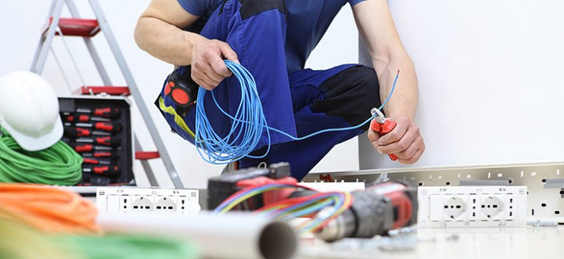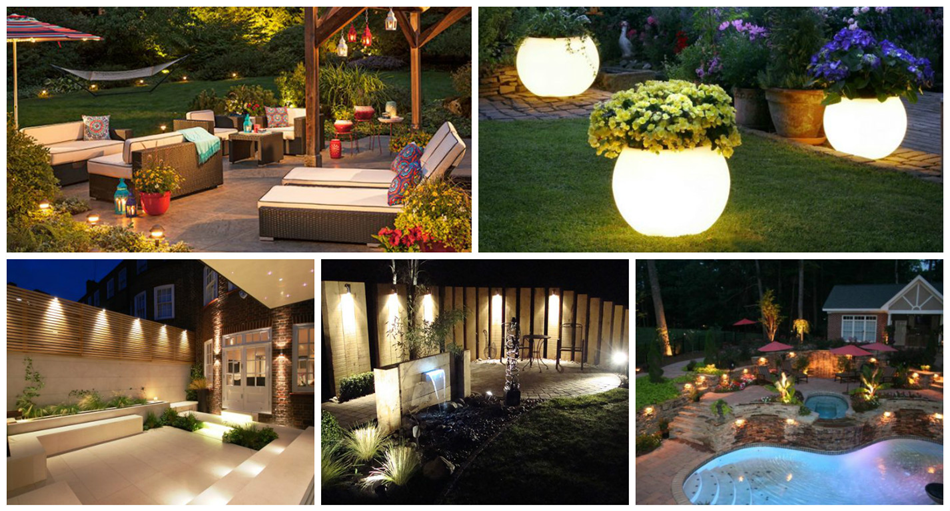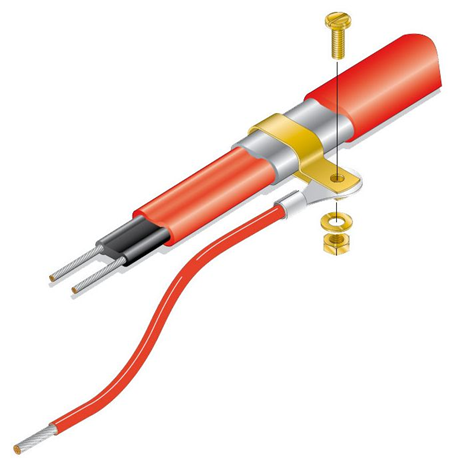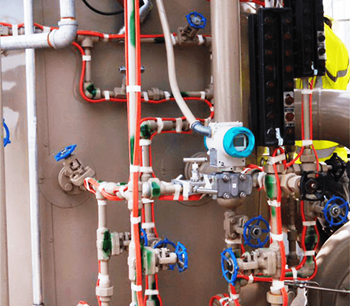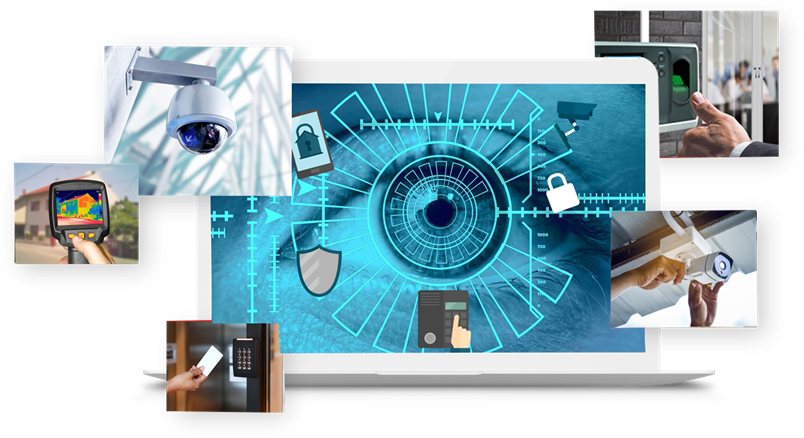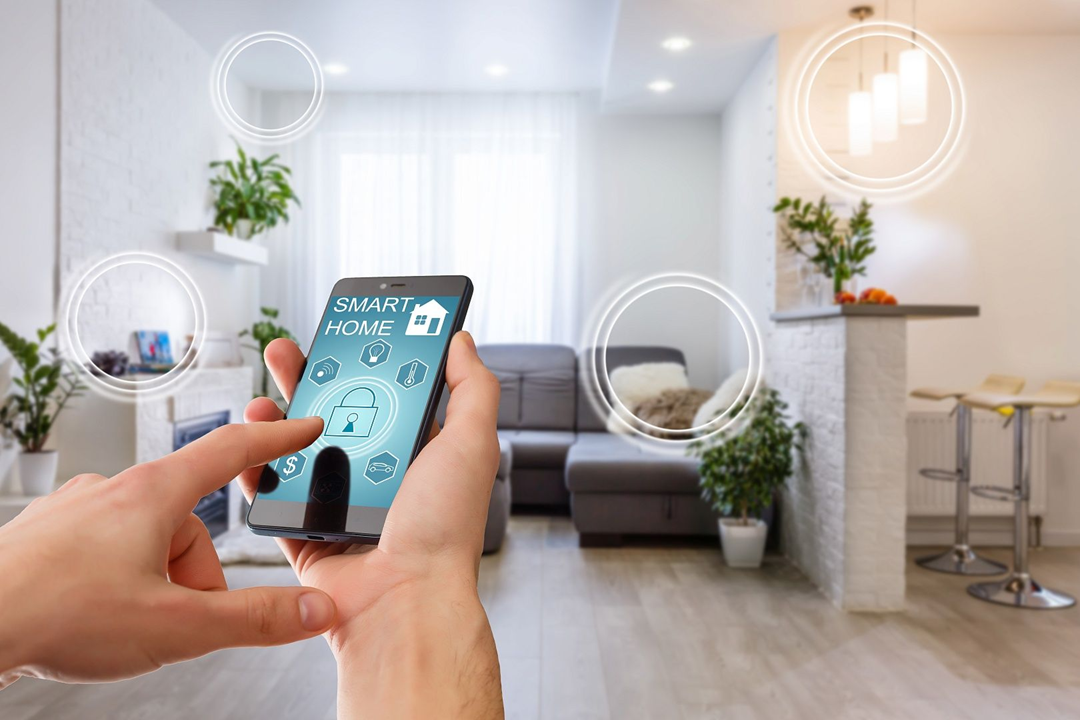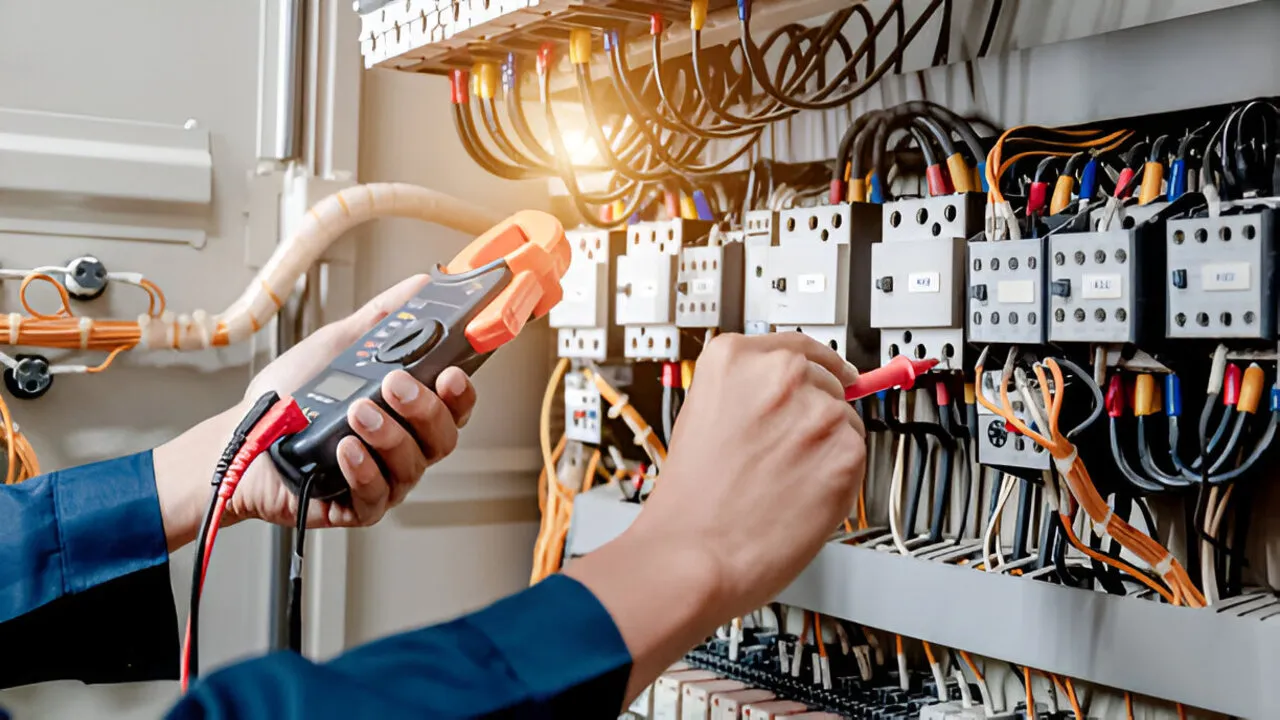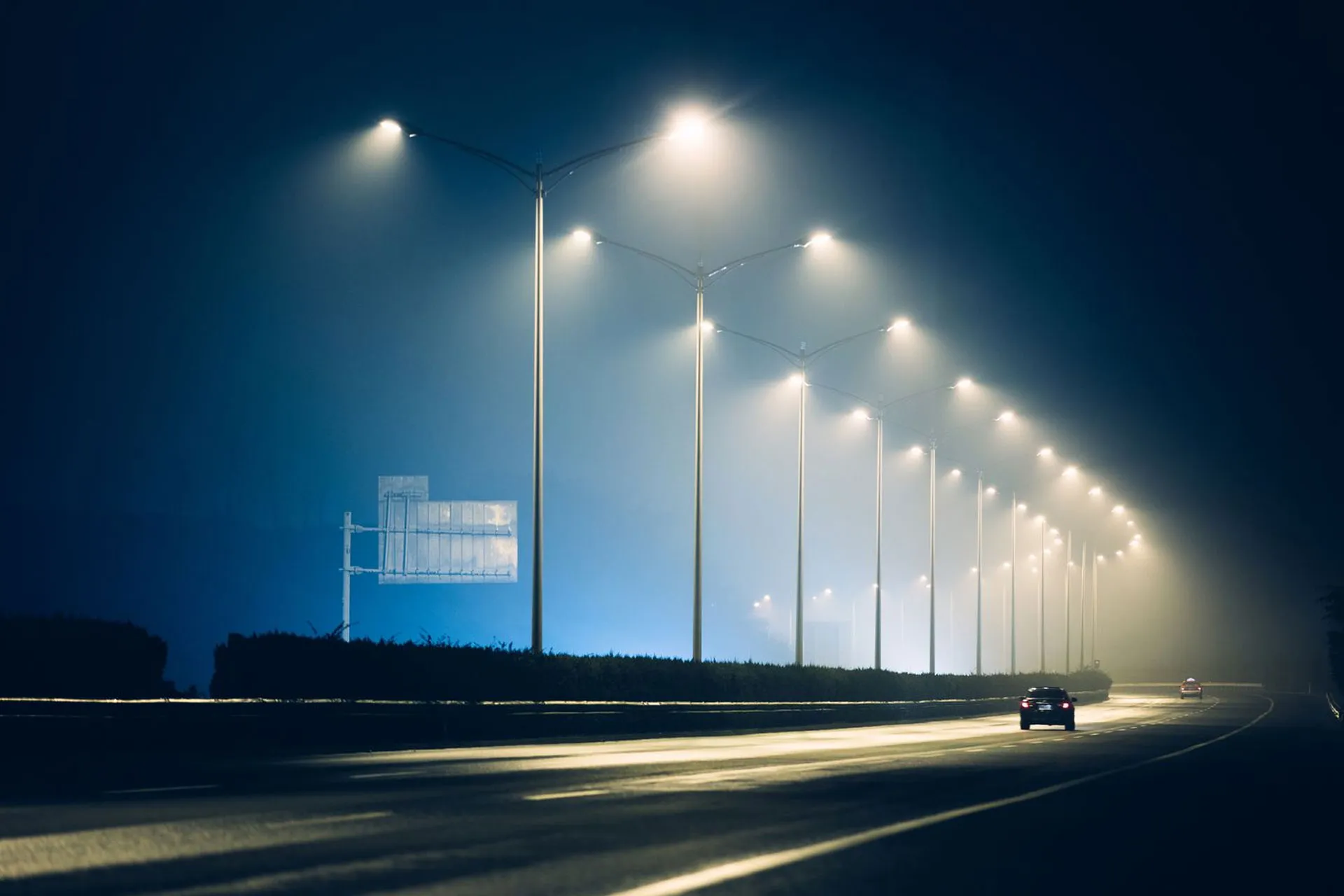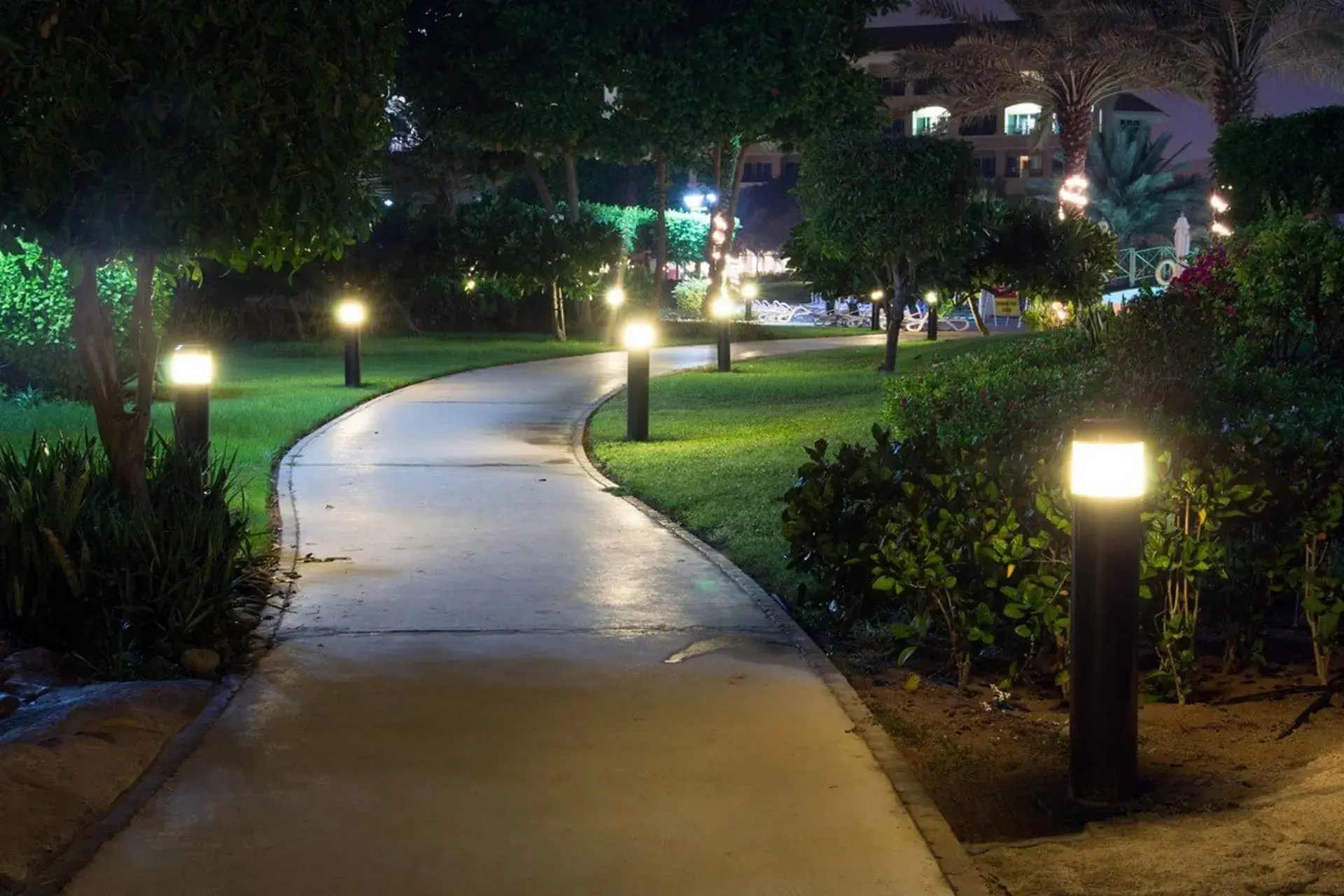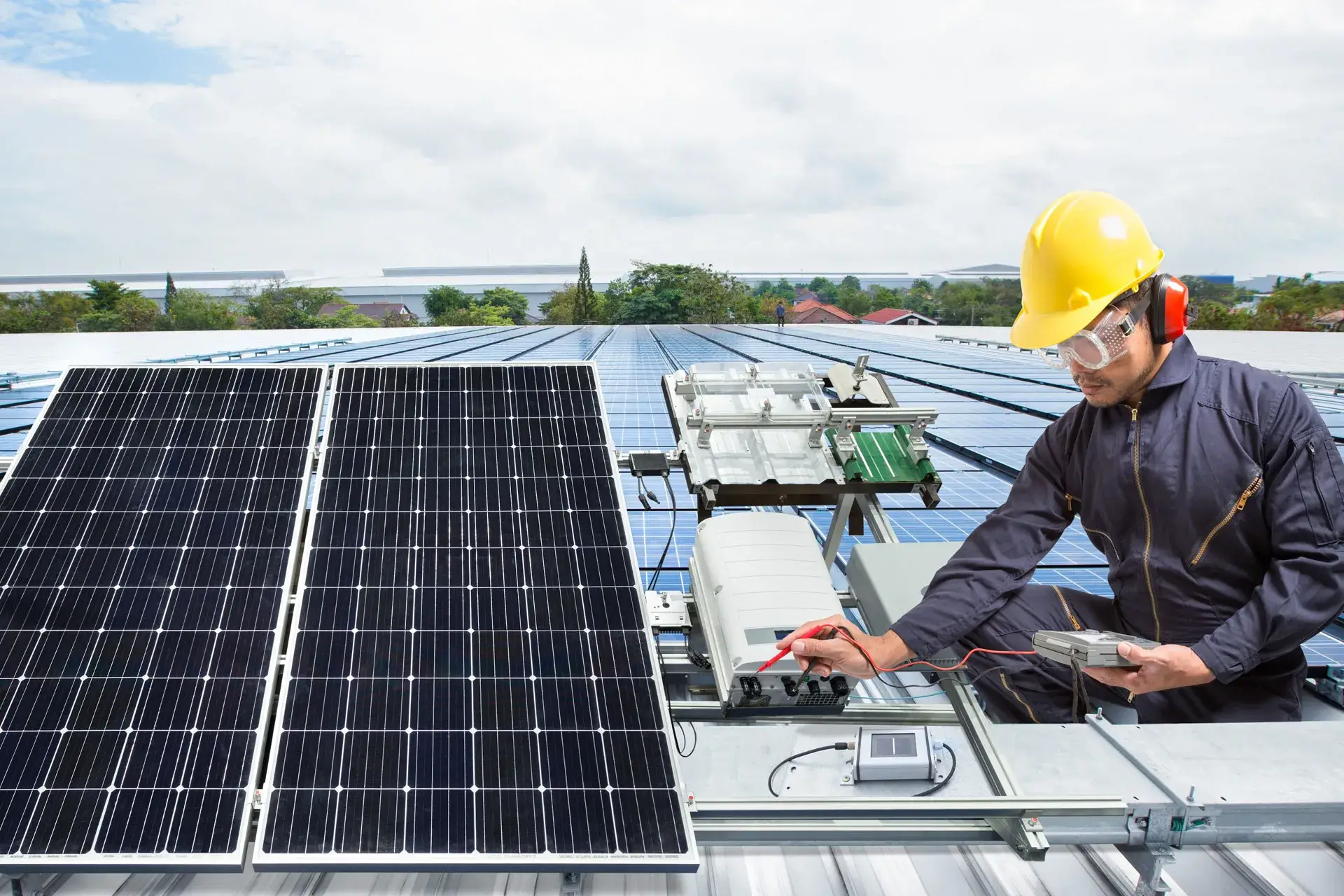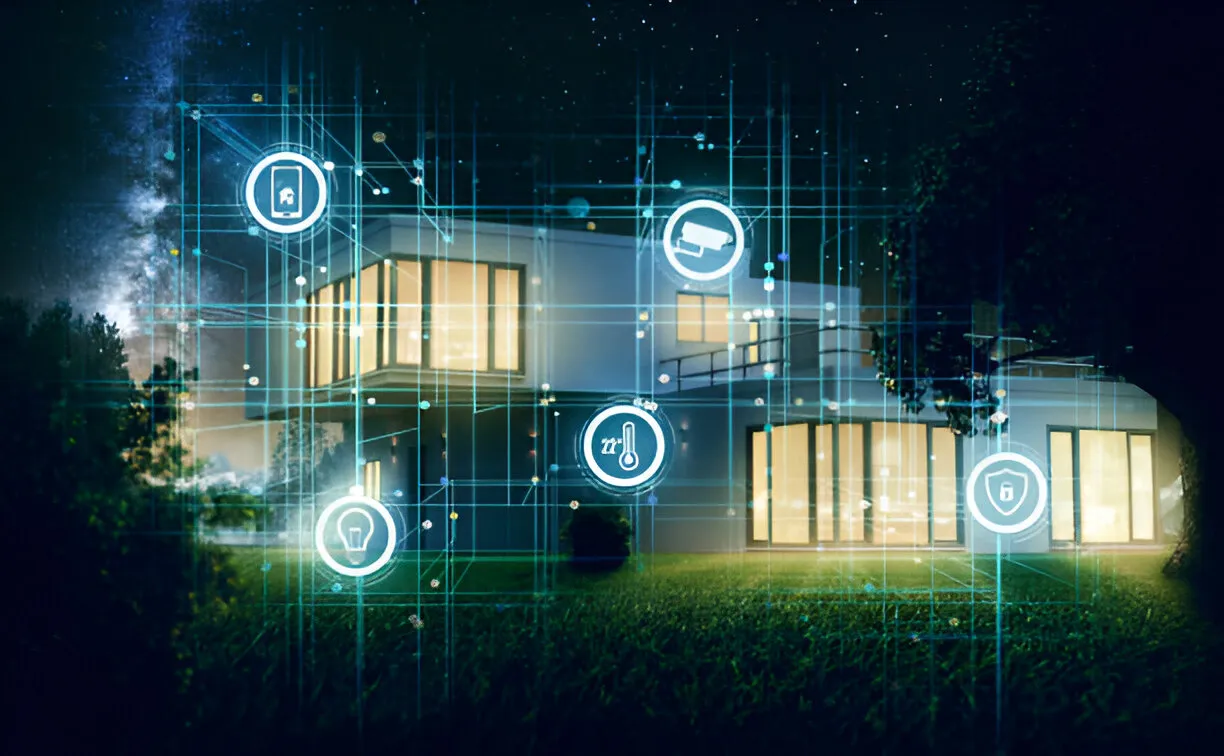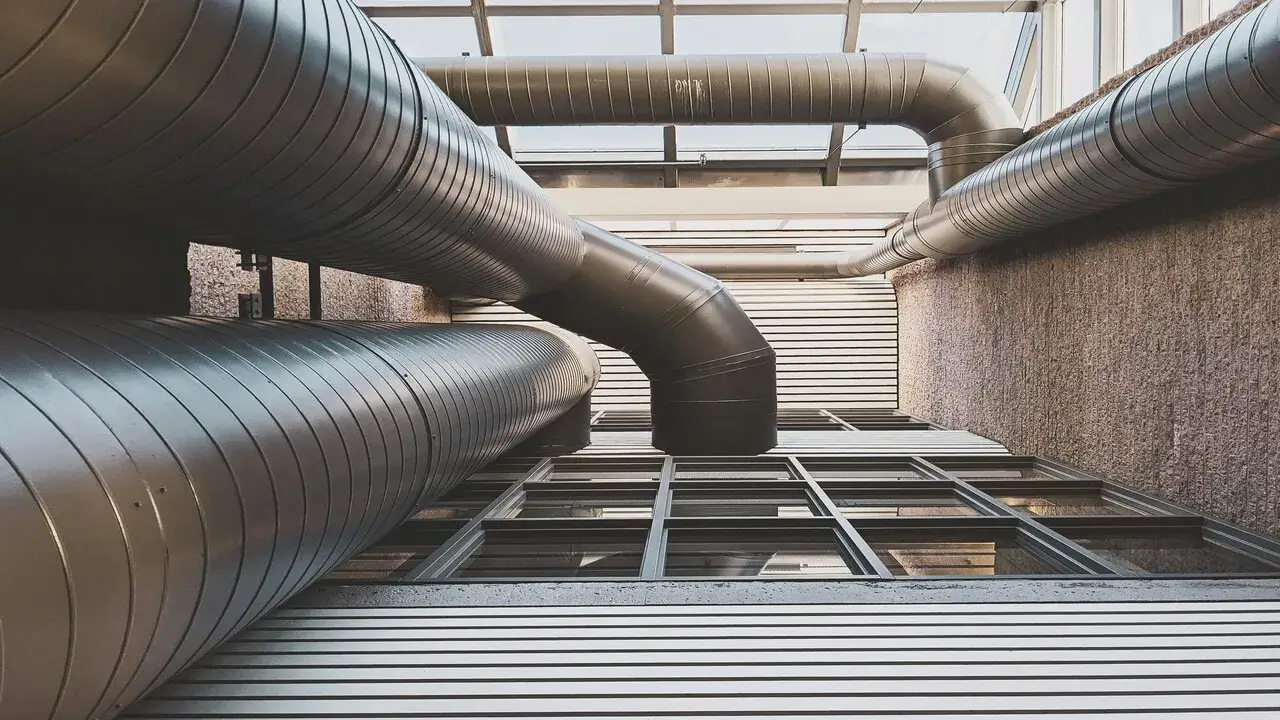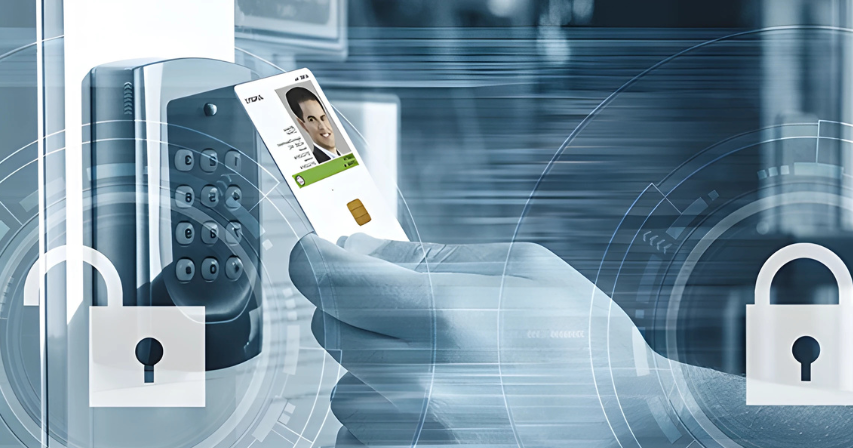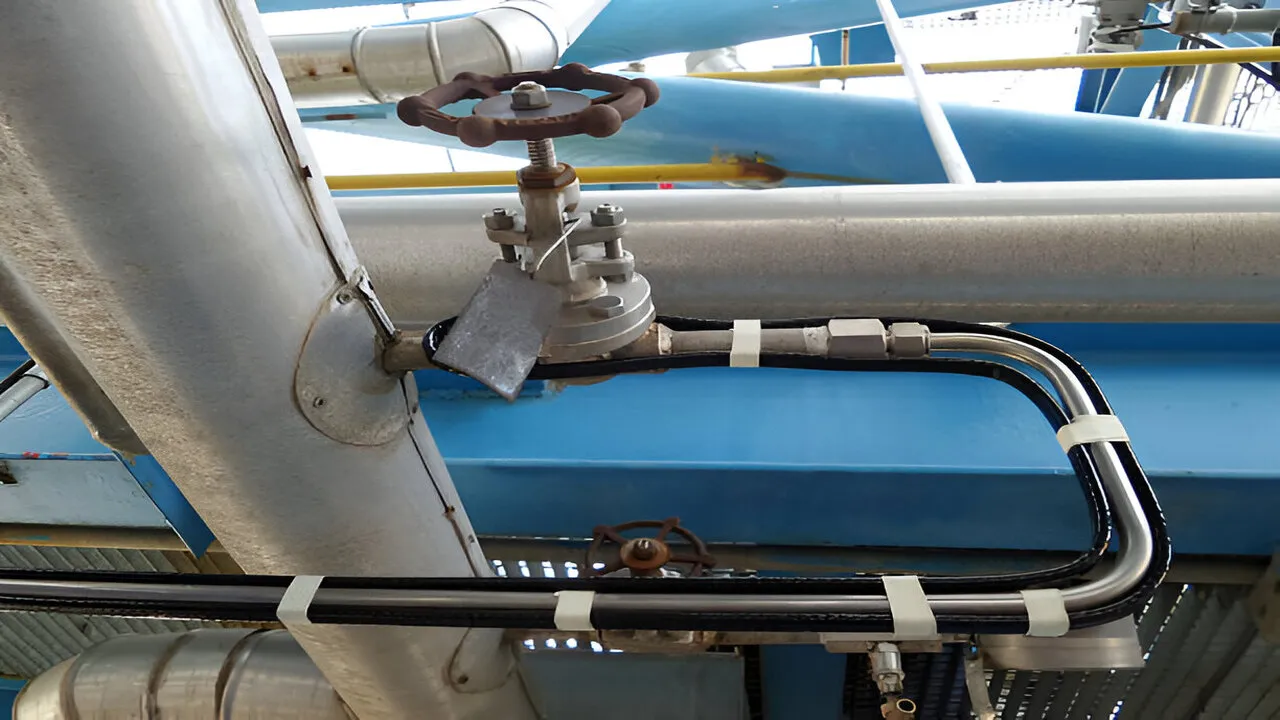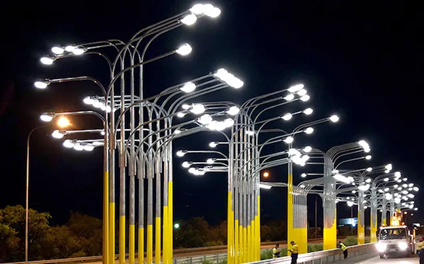
The UAE plans big changes for street lights through 2026. Dubai’s Roads and Transport Authority says it will upgrade lighting in 40 areas and has already placed more than 1,000 eco-friendly LED units in several neighborhoods. The RTA awarded an AED 278 million contract to modernize street lighting over this program period. Analysts expect strong growth in the UAE LED street light market as cities push retrofits and smart upgrades. See Top 5 Street Lighting Installation Trends for 2026 to get the best results.
Top 5 Street Lighting Installation Trends for 2026
1. Smart street lighting systems grow fast
Cities now link lights into networks. Each light can talk to a control hub and share data. Officials use that data to save energy, find faults, and give better light where people need it. Installers fit poles with sensors for movement, air quality, or cameras. Contractors use modular parts so cities can add new sensors later.
Benefits for cities
Cut energy use with timed dimming.
Improve safety near crosswalks by boosting light when people walk.
Reduce repair trips with remote checks.
The UAE pushes projects that work in hot, dusty weather and connect to city IoT layers. Teams now sell smart street lighting systems that merge lighting and city data on one screen.
2. LED retrofit for aging networks spreads
Cities switch old lights to LED modules. LED upgrades use much less power and give better light for drivers and pedestrians. Teams remove old high-pressure sodium lamps and fit LEDs in the same poles or fixtures.
Why retrofits work
Fast payback from lower power bills.
Lower maintenance with parts that last longer.
Better color and sharper visibility for night users.
LED Retrofit vs Traditional Lighting
Many UAE contracts favor LED retrofits for neighborhoods and new roads. Teams should choose modules with good heat handling and warranty terms.
3. Adaptive lighting controls for highways cut waste
Cities install systems that change light levels by traffic, weather, or time. The lights dim when few cars pass and brighten when vehicles or people appear. Systems use motion detectors, cameras, or traffic sensors and tie them to central control platforms.
Typical setups
Local dimming at the pole for quick response.
Central control for timed scenarios like events.
A mix of local sensors and cloud analytics.
Adaptive systems lower skyglow, save power, and keep safety where it matters. Engineers now design adaptive lighting controls for highways to keep speeds and conditions in mind.
4. Solar-powered street lights Dubai get smarter
Solar street lights now work better thanks to stronger batteries and smarter controllers. City teams use solar for remote roads, parks, and sites where digging trenches costs too much. Many projects pair solar with the grid for backup.
Where solar fits best
Low-density suburbs and park trails.
Temporary sites like construction zones.
Areas with long sunlight and low service needs.
Why teams pick solar
Cut trenching and civil work costs.
Add renewable power to public lighting.
Fit remote places that lack grid access.
Reduce carbon footprint for city targets.
Simplify quick deployment for new neighborhoods.
In UAE cities, planners test solar in pilots and use grid-fed smart fixtures in busy centers to meet traffic and design needs.
5. IoT-enabled street light maintenance lowers downtime
Maintenance teams now use sensors to watch each fixture. The sensors report power use, driver health, and LED output. Systems predict when parts will fail and schedule fixes before streets go dark.
How this helps
Reduce emergency repairs and outages.
Replace parts before they cause bigger damage.
Lower inventory by ordering exactly what technicians need.
Maintenance Approaches
UAE cities add predictive maintenance to asset systems. Teams can route crews faster for main roads and tourist routes.
How to plan a street light project
Project planning checklist
Set goals: safety, energy cut, or nicer looks.
Pick fixtures that accept future add-ons.
Use LED retrofit for roads UAE specs and heat tests.
Choose a communications protocol: DALI, LoRaWAN, NB-IoT.
Add cybersecurity and remote update rules.
Procurement tips
Pay vendors for energy results and uptime.
Ask for warranties on lumen output and surge protection.
Price maintenance by results, not just hours.
Some Useful Installation tips
Design for UAE weather
The UAE has high heat and sand. Pick lights with strong heat paths, high IP rating where needed, and coatings that resist sand and salt. Use simple optics near the coast to lower corrosion.
Test a pilot first
Start with one corridor. Run tests for six months. Check dimming rules, sensors, and network reach. Fix problems before you expand.
Cost, ROI, and sustainability
Typical KPIs for a city-wide upgrade
Dubai’s public contracts for street lighting show officials want measurable savings and sustainability gains. The UAE LED street light market keeps growing with public and private demand.

